
OR
#Editorial
Mitigating effects of monsoon floods
Published On: August 9, 2023 07:30 AM NPT By: Republica | @RepublicaNepal
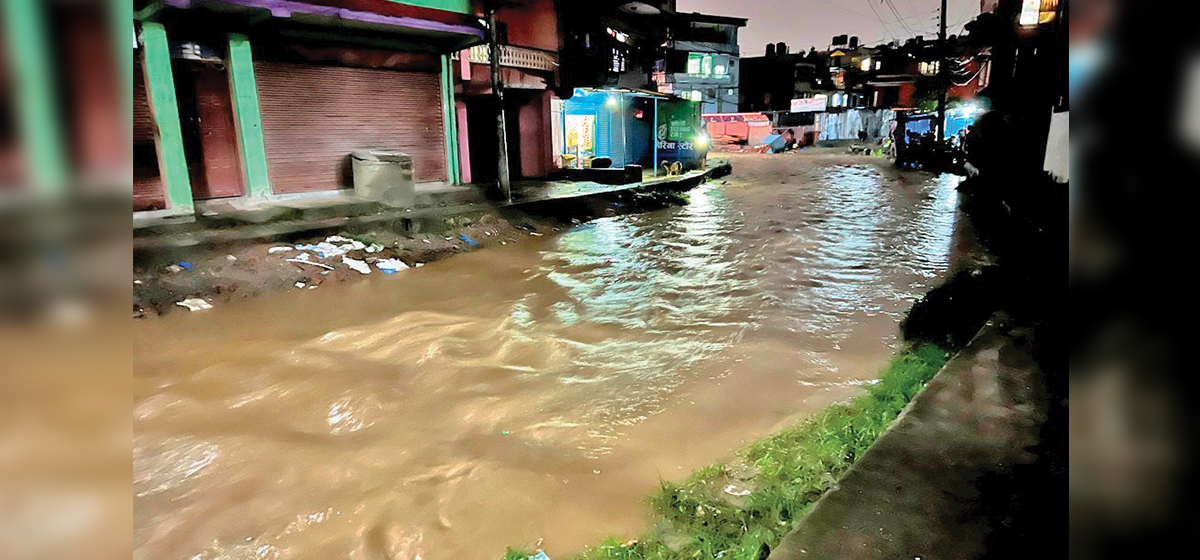
In the past few days, the Kathmandu Valley and various regions across our nation have experienced the relentless power of nature as heavy rainfall triggered floods and landslides. Although there were no human casualties reported, the aftermath of these calamities underscores the critical need for immediate and well-planned government intervention. Safeguarding the well-being of our citizens must stand as our topmost concern, necessitating comprehensive measures to prevent loss of life and property. Central to this effort is the imperative to establish a robust early warning system, enabling timely alerts that can save lives and prevent untold destruction. Additionally, it is crucial to address the challenges posed by unchecked urbanization, as witnessed by the inundation of several settlements in Kathmandu following the recent floods. The Weather Forecasting Division (WFD) has alerted us to the ongoing heavy rainfall, attributed to a low-pressure monsoon system in Nepal, coupled with the influence of monsoon winds and a low-pressure system originating from Bihar, India. This meteorological combination has exacerbated rainfalls, elevating the risk of flooding and landslides. While nature's forces remain beyond our control, our ability to anticipate and respond to their impact is well within reach.
At the forefront of immediate action is the establishment of an effective early warning system. This technology has proven to be indispensable in minimizing casualties during natural disasters worldwide, and Nepal should swiftly embrace this life-saving solution. International precedents showcase the effectiveness of such systems, highlighting the urgency for Nepal to adopt this technology without any delay. In light of the severe disruptions and road closures across our nation, it is evident that our infrastructure is ill-equipped to withstand torrential rains and landslides. The arteries of our economy, our highways, have been crippled, endangering both economic activities and lives of stranded travelers. This dire situation underscores the pressing need for enhanced disaster preparedness and mitigation strategies. A comprehensive approach must involve thorough geological assessments and engineering solutions to reinforce vulnerable road sections prone to landslides. Implementing advanced drainage systems, constructing retaining walls, and deploying landslide early warning mechanisms are pivotal to minimizing the impact of such disasters on our infrastructure. Furthermore, a robust strategy for public education and awareness is essential. Our citizens must be equipped with knowledge about potential risks during monsoon season and must understand effective responses. Public campaigns and educational initiatives should impart information about emergency protocols, evacuation routes, and the importance of heeding early warnings.
Additionally, collaboration with international partners and regional organizations is imperative in this regard. By leveraging expertise and resources in disaster management, Nepal can draw from successful strategies employed by other nations to address similar challenges. The recent monsoon-induced floods and landslides serve as a stark reminder of our vulnerability to natural forces. Swift, decisive, and coordinated government action is indispensable to safeguarding lives and property. Establishing a potent early warning system, enhancing infrastructure resilience, promoting disaster preparedness, and fostering community education are all critical components of our response to future natural disasters. Time is of the essence, and our nation's security demands nothing less than a unified, strategic, and immediate response from our government.
You May Like This
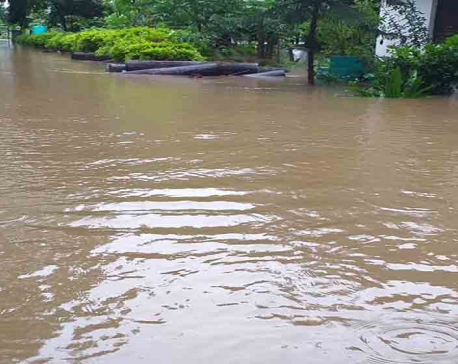
Monsoon affects 64 districts with 34 casualties
KATHMANDU, July 8: Property worth over Rs 60 million was damaged by the recent monsoon floods and landslides in eastern... Read More...
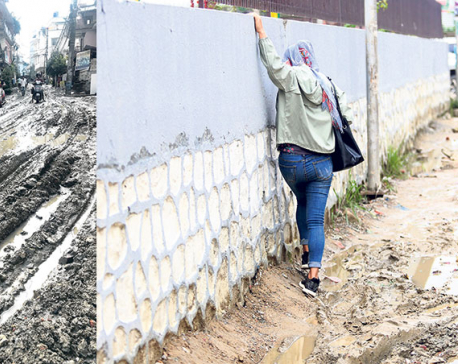
Never ready Nepal
Monsoons in Nepal are a bit like the Hollywood film, Groundhog Day. The basic narrative of the film is that... Read More...
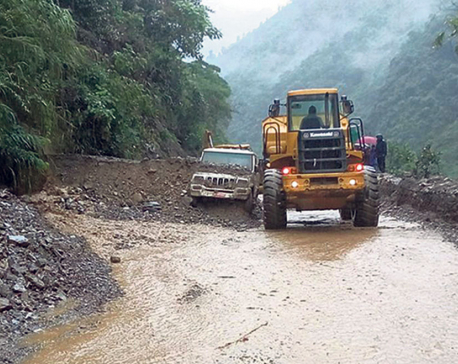
Landslides and floods wreak havoc in districts
A jeep is seen buried under a landslide along the Prithvi Highway near Krishnabhir on Monday. ... Read More...

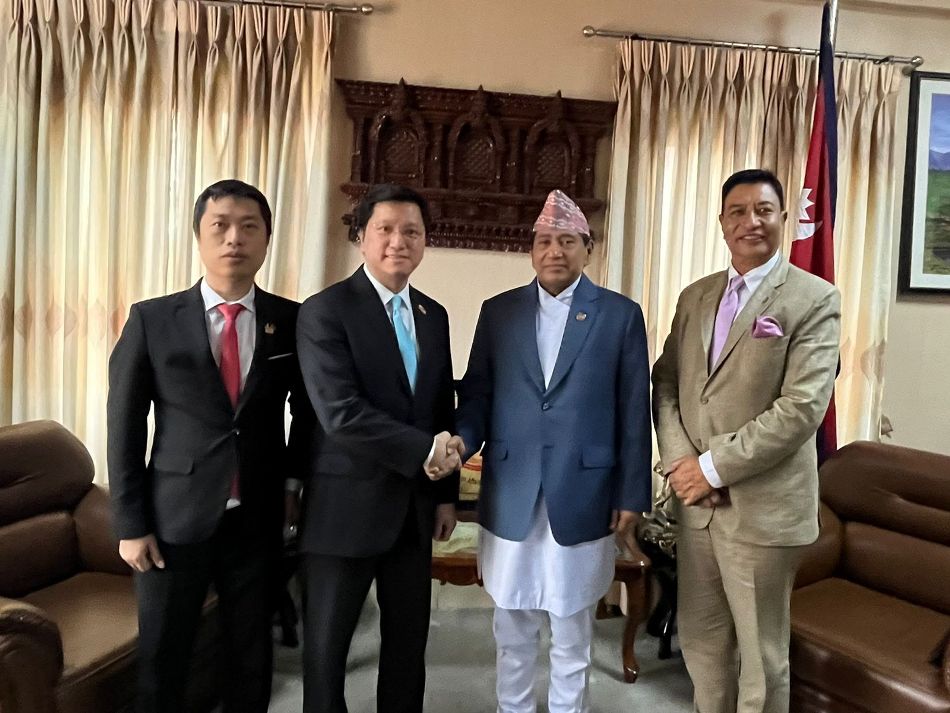
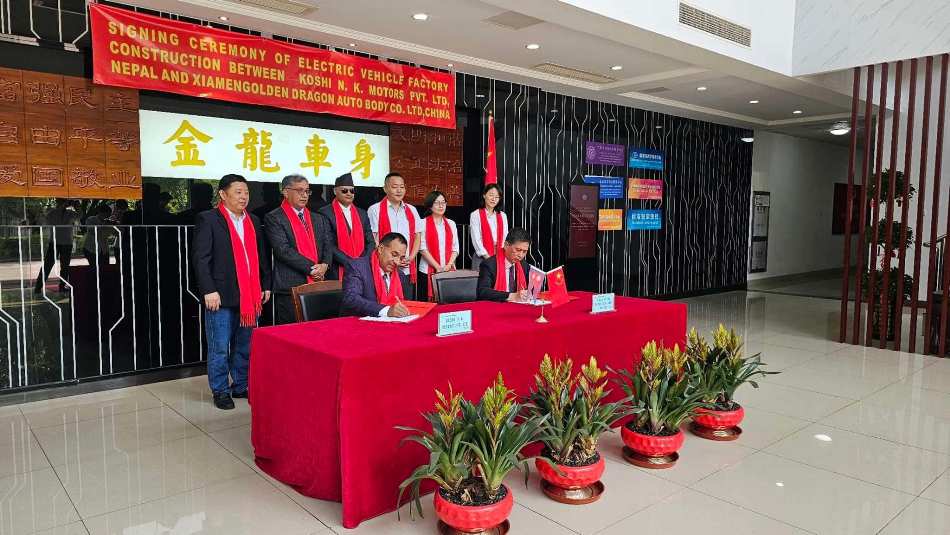
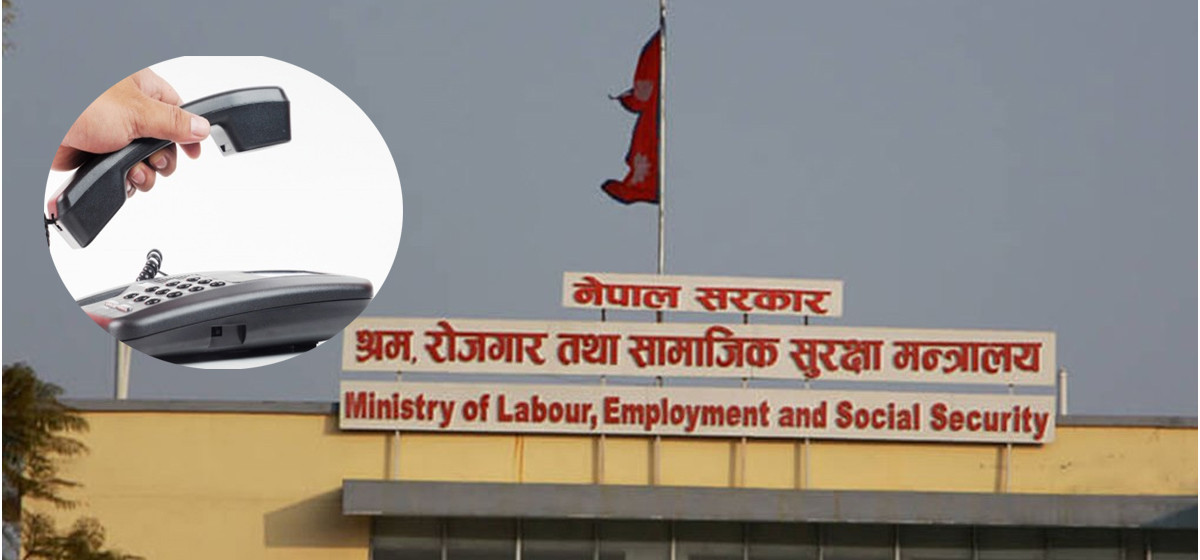
Just In
- Nepal and Vietnam could collaborate in promotion of agriculture and tourism business: DPM Shrestha
- Govt urges entrepreneurs to invest in IT sector to reap maximum benefits
- Chinese company Xiamen investing Rs 3 billion in assembling plant of electric vehicles in Nepal
- NEPSE inches up 0.07 points, while daily turnover inclines to Rs 2.95 billion
- Gandaki Province reports cases of forest fire at 467 locations
- Home ministry introduces online pass system to enter Singha Durbar
- MoLESS launches ‘Shramadhan Call Center’ to promptly address labor and employment issues
- Biratnagar High Court orders Krishna Das Giri to appear before court within one month in disciple rape case







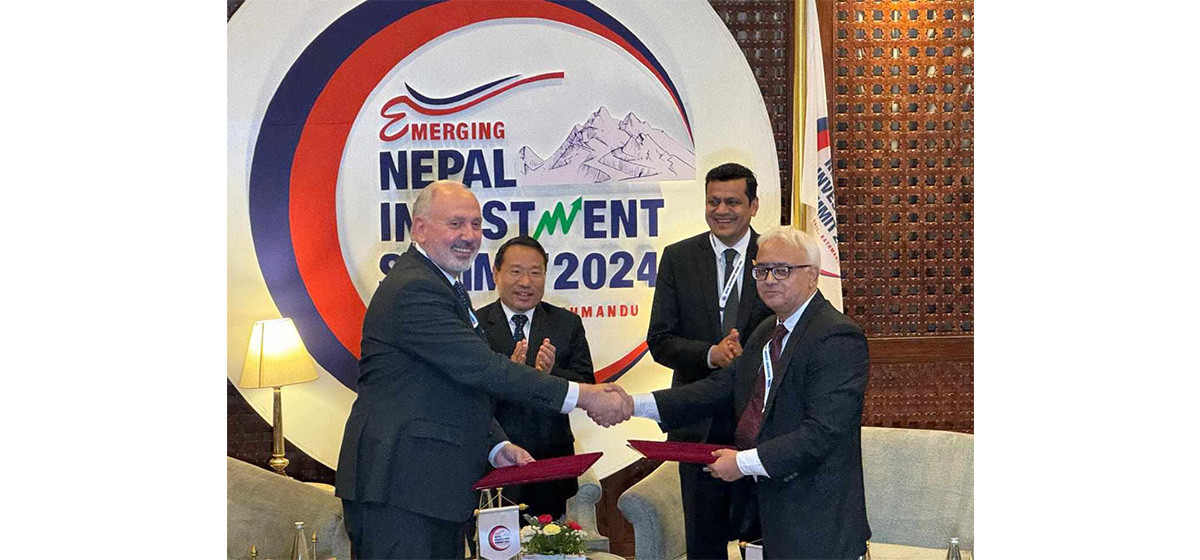
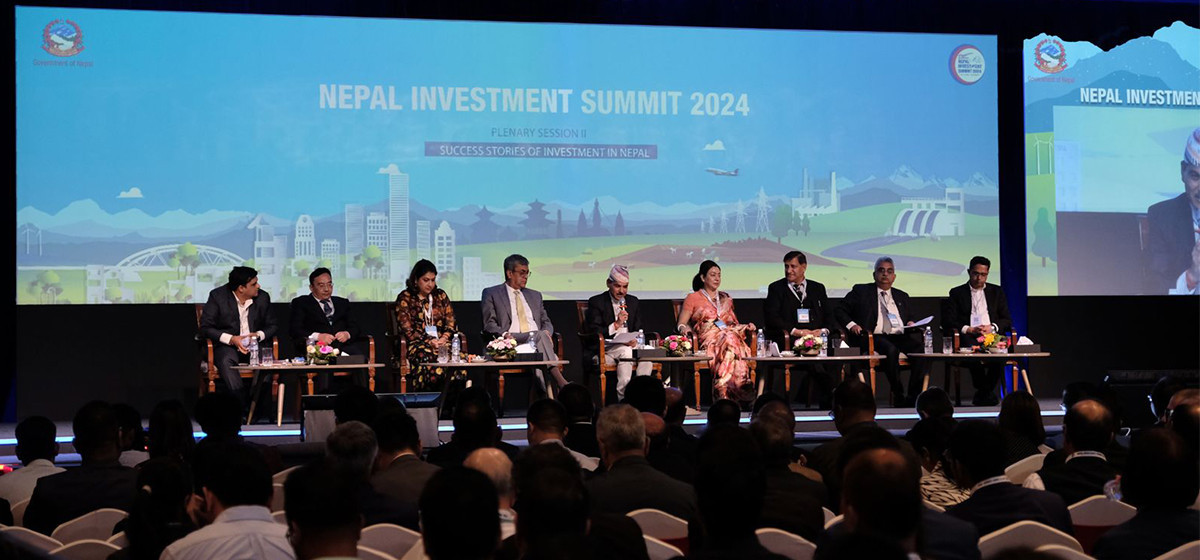


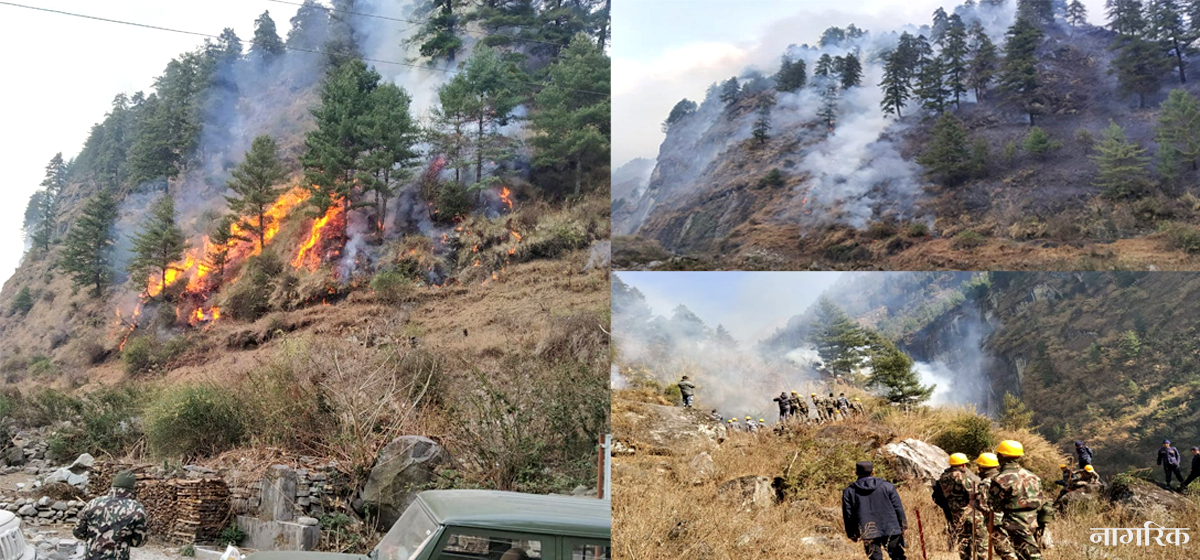


Leave A Comment